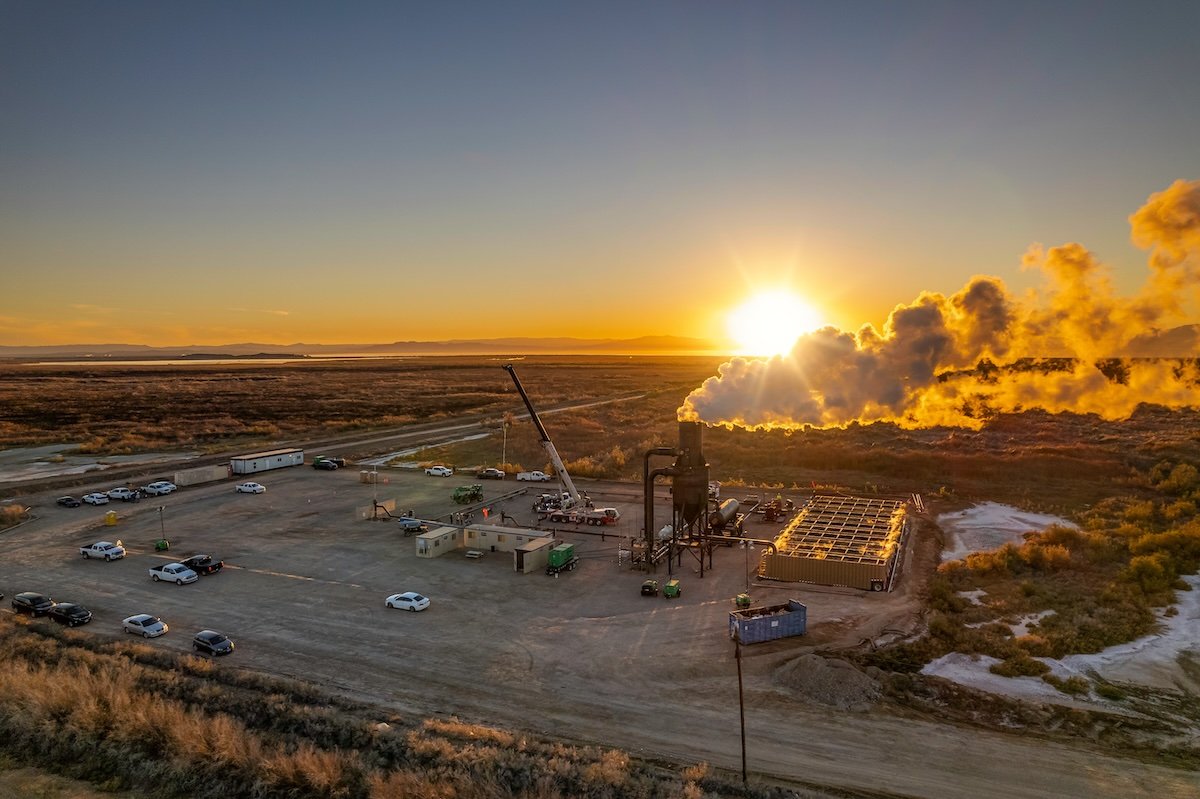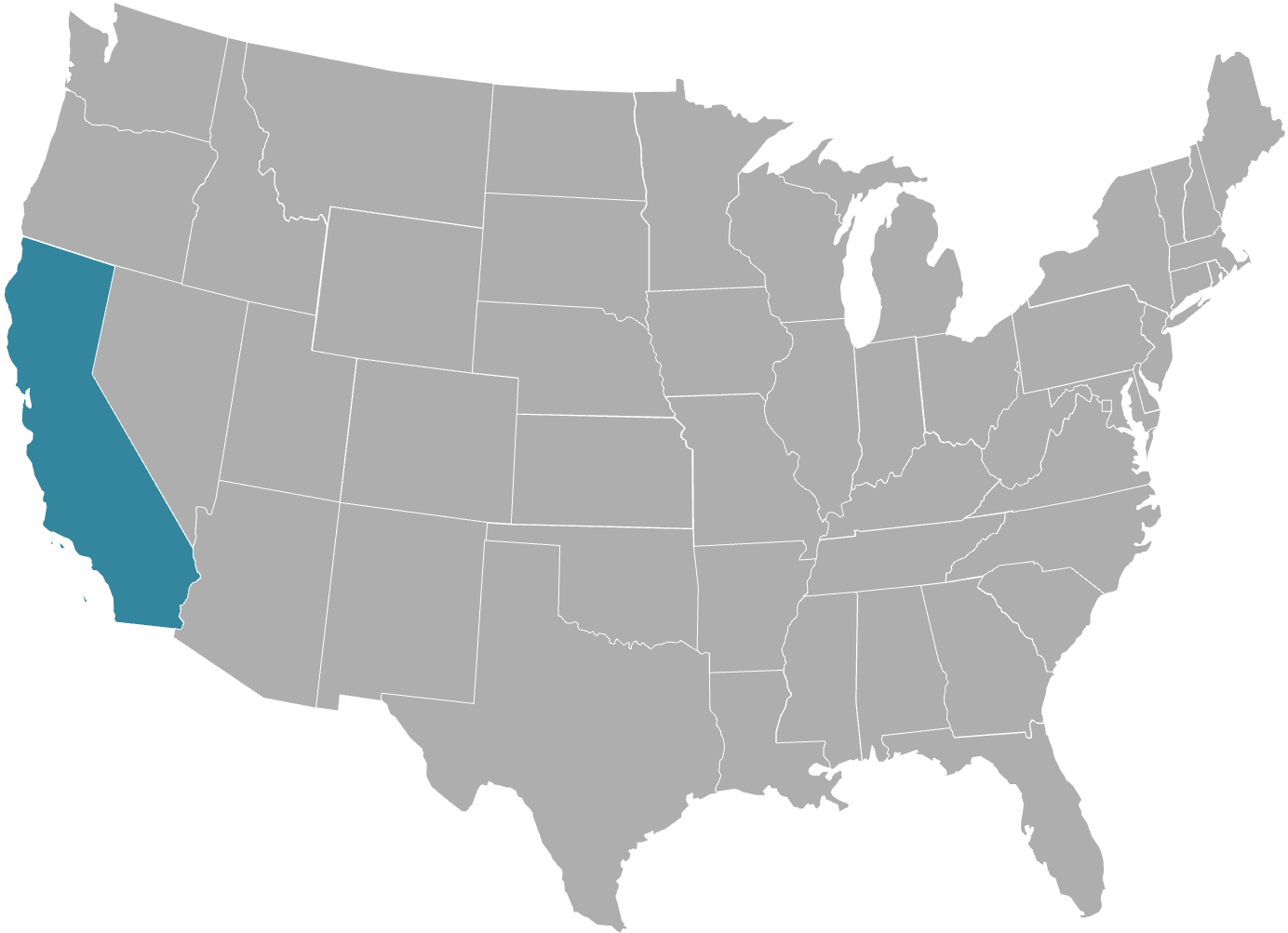
U.S. Baseload Geothermal Power and Critical Minerals
CTR’s Hell’s Kitchen Project is situated in Imperial County, CA, within the heart of the Salton Sea Geothermal Field – one of the world’s most prolific geothermal and critical minerals resource areas.
Located ~200 miles southeast of the City of Los Angeles and ~120 miles east of the City of San Diego, the Hell’s Kitchen Project Site is close to well-established local infrastructure, roads, rail, deep-sea ports, and gateway cities.
Hell’s Kitchen represents the future of U.S. clean energy independence.

Imperial County,
California
Timed to Meet Global Power and Critical Minerals Demand
CTR has invested over twelve years developing its Hell’s Kitchen Project, engaging global industry leaders in engineering, procurement, construction, and technologies to deliver its Stage 1 Project.
Stage 1 Power and Lithium
Development of additional stages

A Unique and Robust Resource
The Imperial Valley forms part of the Salton Trough, a structural depression on the boundary between two tectonic plates.
Active faulting in the Salton Sea Known Geothermal Resource Area (SSKGRA) produces permeable conduits for the convection of hot, mineral-rich geothermal brine.
Reservoir temperatures are among the hottest of any geothermal area in the world, with measured values up to 734°F (390°C).
Electrical generation from the SSKGRA began in 1982 and has operated for over 40 years with no major declines in pressure, temperature, or production, demonstrating a large, long-life raw-material supply source.

Definitive Feasibility Study Supports 30-Year Operating Life for Stage 1
In June 2024, Baker Hughes completed geological assessment, well modeling, and reservoir simulation to estimate geothermal power potential and lithium production for Stage 1.
The modeling followed state-of-the-art technologies and reserve/resource classification guidelines as outlined by the SEC under S-K 1300.
- Total Measured and Indicated Resource: 1.7 Mt Lithium Hydroxide Monohydrate (LHM) at 219 ppm
- Measured Category: 0.6 Mt LHM at 219 ppm
- Probable Reserves: 0.9 Mt LHM at 217 ppm (30-year life)

Hell’s Kitchen will operate within the largest mineralized geothermal brine resource in the United States
According to an assessment from the Lawrence Berkeley National Laboratory 'Geothermal Lithium Resource at Salton Sea, 2023', the Salton Sea Geothermal Reservoir is estimated to contain a proven lithium resource of 4.1 million metric tons of Lithium Carbonate Equivalent (LCE) and a probable lithium resource of 18 million metric tons of LCE.
Find Out More
metric tonnes Proven Lithium Resource (LCE)
metric tonnes Probable Lithium Resource (LCE)
– Rod Colwell, Chief Executive Officer

Demonstration and Optimization Plant Delivers 95-97% Lithium Recovery
CTR operated an onsite Demonstration and Optimization Facility to identify optimum operating conditions for the brine conditioning and DLE process circuits using geothermal brine from its Stage 1 production wells.
Operation of the brine conditioning system successfully produced stable, high-quality brine feed for Direct Lithium Extraction, via adsorption process.
Key Benefits of Integrated Power and Lithium Hydroxide Production

Steam separation from brine uses conventional technologies

Renewable steam is used to concentrate lithium solution

Integrated brine purification and lithium conversion maximizes efficiency

Conversion of lithium chloride eluate to hydroxide uses conventional process

Water is recycled to minimize consumption

Geothermal resource produces consistent feed brine composition

CTR's Resource Resilience
In comparison to ‘pure play’ lithium projects, CTR will generate income streams from multiple resources, including baseload power, lithium, silica, and metal concentrates. CTR is investigating additional critical minerals production, including potassium, magnesium, and rare earth elements (REE).
The Idaho National Laboratory completed a report in May 2023: ‘Rare Earth Elements in CTR’s Salton Sea Geothermal Brine’. The report identified minerals occurring in abundant quantities and elements requiring further investigation to confirm economic concentrations.
No. 3
Occurs in Abundant Quantities
No. 5
Occurs in Abundant Quantities
No. 11
Occurs in Abundant Quantities
No. 12
Investigating Economic Concentrations
No. 14
Occurs in Abundant Quantities
No. 17
Occurs in Abundant Quantities
No. 19
Occurs in Abundant Quantities
No. 20
Occurs in Abundant Quantities
No. 21
Occurs in Abundant Quantities
No. 22
Occurs in Abundant Quantities
No. 25
Occurs in Abundant Quantities
No. 26
Occurs in Abundant Quantities
No. 27
Investigating Economic Concentrations
No. 28
Investigating Economic Concentrations
No. 29
Investigating Economic Concentrations
No. 30
Occurs in Abundant Quantities
No. 31
Occurs in Abundant Quantities
No. 33
Occurs in Abundant Quantities
No. 35
Investigating Economic Concentrations
No. 37
Occurs in Abundant Quantities
No. 38
Occurs in Abundant Quantities
No. 39
Occurs in Abundant Quantities
No. 47
Occurs in Abundant Quantities
No. 48
Investigating Economic Concentrations
No. 53
Occurs in Abundant Quantities
No. 55
Occurs in Abundant Quantities
No. 55
Occurs in Abundant Quantities
No. 57
Investigating Economic Concentrations
No. 81
Occurs in Abundant Quantities
No. 82
Occurs in Abundant Quantities
No. 57
Investigating Economic Concentrations
No. 58
Investigating Economic Concentrations
No. 60
Investigating Economic Concentrations
No. 59
Investigating Economic Concentrations
No. 62
Investigating Economic Concentrations
No. 63
Occurs in Abundant Quantities
No. 64
Investigating Economic Concentrations
No. 65
Investigating Economic Concentrations
No. 66
Investigating Economic Concentrations
No. 67
Investigating Economic Concentrations
No. 68
Investigating Economic Concentrations
No. 69
Investigating Economic Concentrations
No. 70
Investigating Economic Concentrations
No. 71
Investigating Economic Concentrations

Backed by World-Class Project Partners
Associations and Affiliations Proudly Supported by CTR
CTR
Brochure
Lawerence Berkeley National Laboratory
FAQ
Contact Us


























